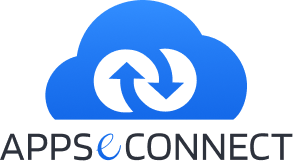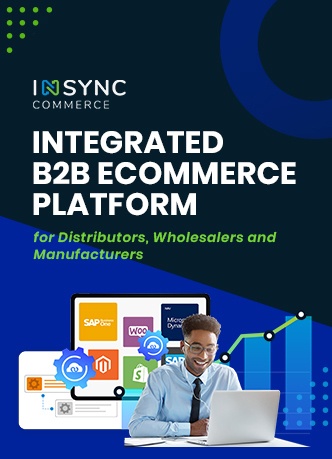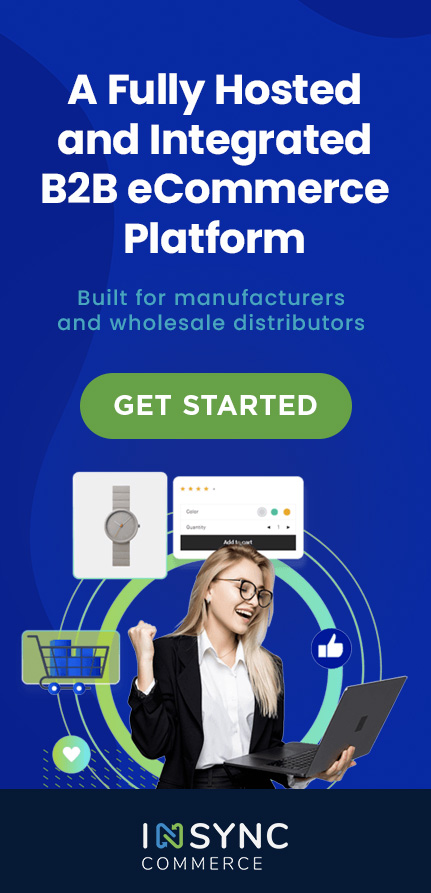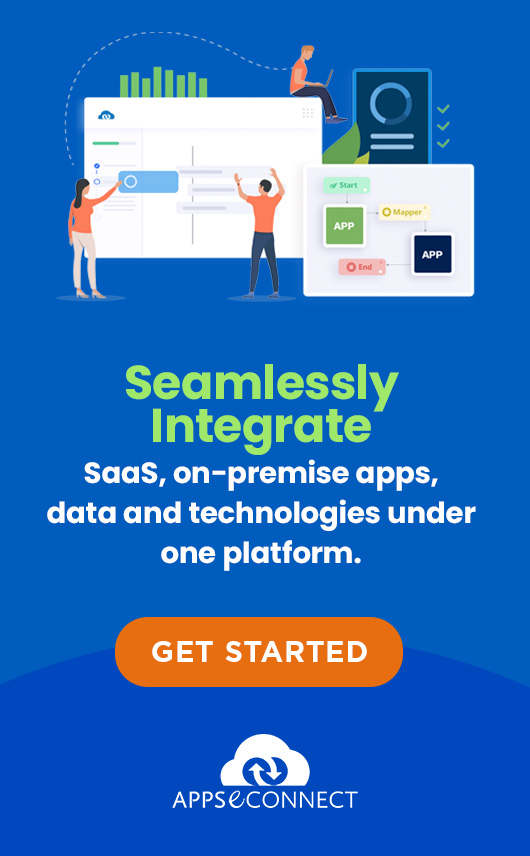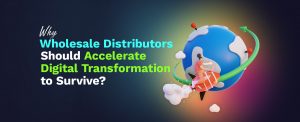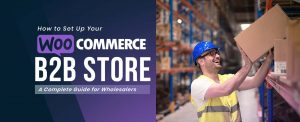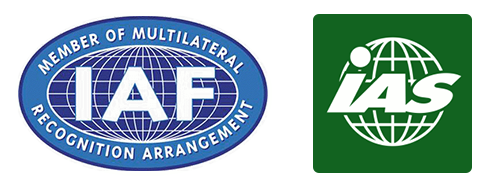Building (or enhancing) a front end is usually the most important activity for your online retail business. As presented in Online Retail – Component Overview, Shop Front needs to be attractive and usable enough to convert a casual visitor into a buyer, customer portal needs to be rich enough to keep the customer happy and make them a repeat customer, and Admin portal needs to offer enough flexibility and configurability to the store so that you can respond quickly to market changes.
A store front is usually the most expensive first investment you make, and hence it is important to understand the return on that investment you will make, esp. when you are on a tight budget. Just to get you started and be ready to accept the first offer, you may have to shell out anywhere from Rs. 30 thousand to 6 Lac (and more if you build your own development team). So there is a very wide range.
Good news is that most store front software available today will offer most of these out of box. This is also bad news, because this means that there is no difference between your site and your competitor’s. It is important to study your competition and ensure that there is at least one feature that you can offer than competition doesn’t. Since most of the popular shop front software are open source, plug-ins are available (free or paid) to incorporate unique features.
There are 3 ways of getting a front end for your store:
-
Use a cloud service: Services like MartJack and BuildaBazaar offer a less expensive way to start your store. They are geared towards small offline businesses who wish to be online but don’t possess IT expertise to do it themselves in a cost-effective way. They offer a template-based, ready-made shop that they will set up for you. They usually charge a small fixed fee upfront (for setup etc.) and then monthly fees. In this model, you should budget between 0.3L to 1L for a year. An advantage in these models is that this is a very low cost way of experimenting your online store ideas; you can exit the online store without wasting too much money. There are 2 major disadvantages:
- Little Differentiation: Since these are template-driven, stores will look alike in many respects, hence differentiation is lost
- Lack of feature-richness: Since it is a one-size-fits-all model, feature set is basic in most cases, and it is not possible to have your own unique feature
- Use a well-known solution: There are many such solutions out there – check out Magento (free and paid), aspdotnetstorefront (paid), osCommerce (free), zencart (free). Advantages of using these are many: you get very feature-rich and beautiful store and there is opportunity for differentiation through custom development or plug-in. However, these tend to be pricey. A beautiful site usually requires a theme development (which requires engaging a design team and a development team to implement the theme if you are not tech-savvy). Anything not covered through configuration will require development support which will make it expensive. In this model, you should budget between 1L and 5L to go live, and about 20K-50K for annual maintenance.
- Custom Development: Unless you are a large corporation that MUST use its own software, starting from scratch is almost always a bad idea, because it requires too much wasted time in creating and debugging features which have already been built by others. Custom development usually means starting from one of the open source software and customizing it to suit your needs, extending/recreating as necessary. This requires access to smart development team, mostly in-house (outsourced model has a high risk of failure). This is expensive too: employing smart engineers takes lots of money and is a long term investment. Typical investment will be around 20L for the year.
Key Takeaways:
| Advantages | Disadvantages | Cost to go-live | Time to go-live* | Annual Maintenance Cost | |
| Cloud Service |
|
|
10K-30K | 1-2 weeks | 10K-80K |
| Shopping Cart solutions |
|
|
1L-5L | 4-8 weeks | 20K-50K |
| Custom Development |
|
|
5L-10L | 12-25 weeks | 15L |
* Time to go-live doesn’t include the time it takes to get appropriate regulatory clearance to get a payment processing active for your site. This is typically 3 weeks.
** Check this article on Wikipedia for details on store front features and which solutions offer more comprehensive features than others.

